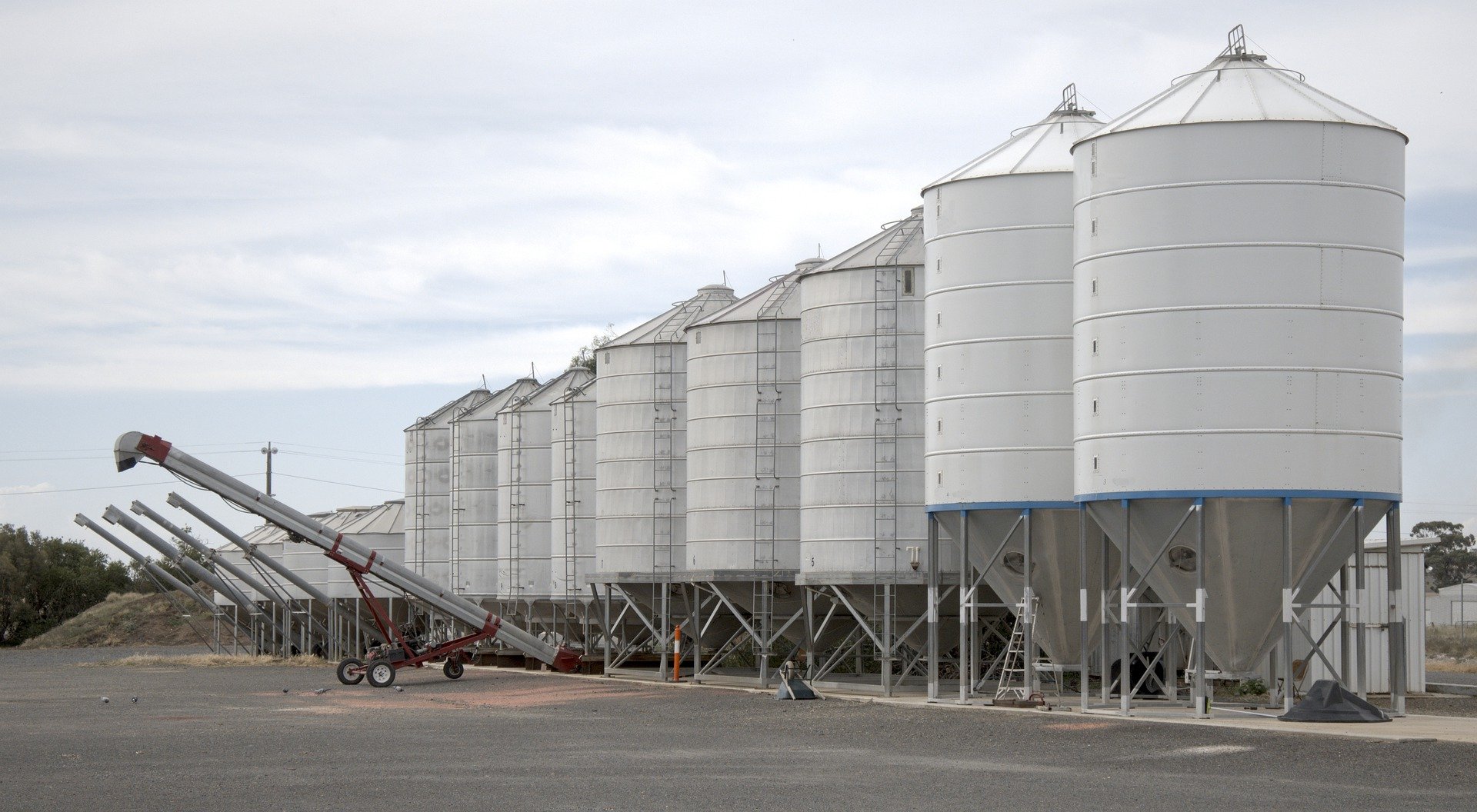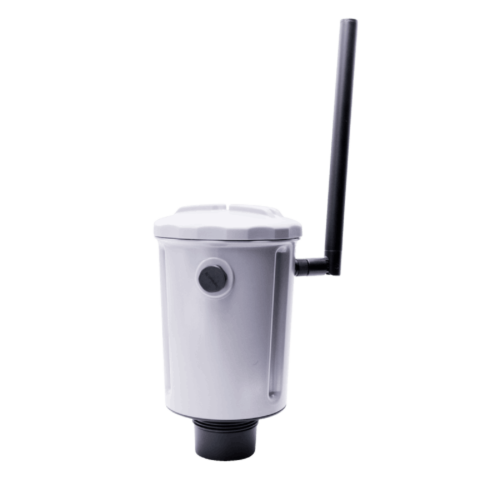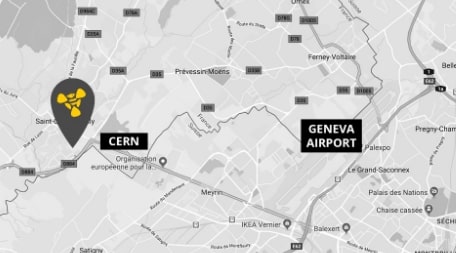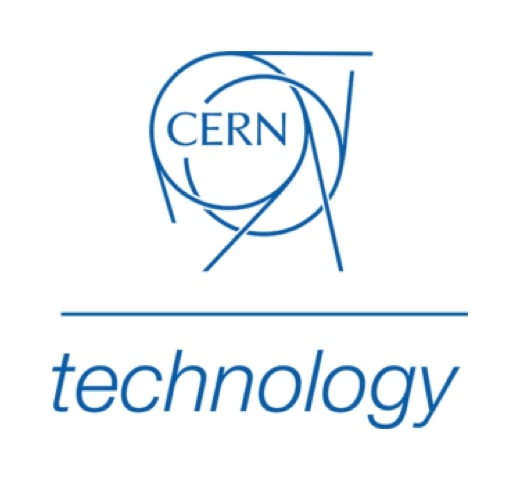Silo monitoring: Grain, animal feed and more
In the absence of a robust silo monitoring system, most farmers, operators, and processors resort to visual inspection or rudimentary level monitoring using load cells,floats or sensor devices that are in contact with the silo contents. We even hear of farmers banging the silo with a stick to try and approximate when to refill it.
As industries across the board have pushed for greater digitization of processes and enhanced interconnectivity, the relatively poor precision of established level measurement methods in silos has been laid bare. There is now greater demand for advanced silo monitoring systems that can continuously readout the fill level of containers with appropriate accuracy.
We’ve dedicated previous articles to outlining the advantages of our infrared Time-of-Flight (ToF) sensors for silo monitoring. Now we explore the importance of silo monitoring in specific use cases – and offer some comment on the use of Tredecile products in those scenarios.
Silo monitoring for grain
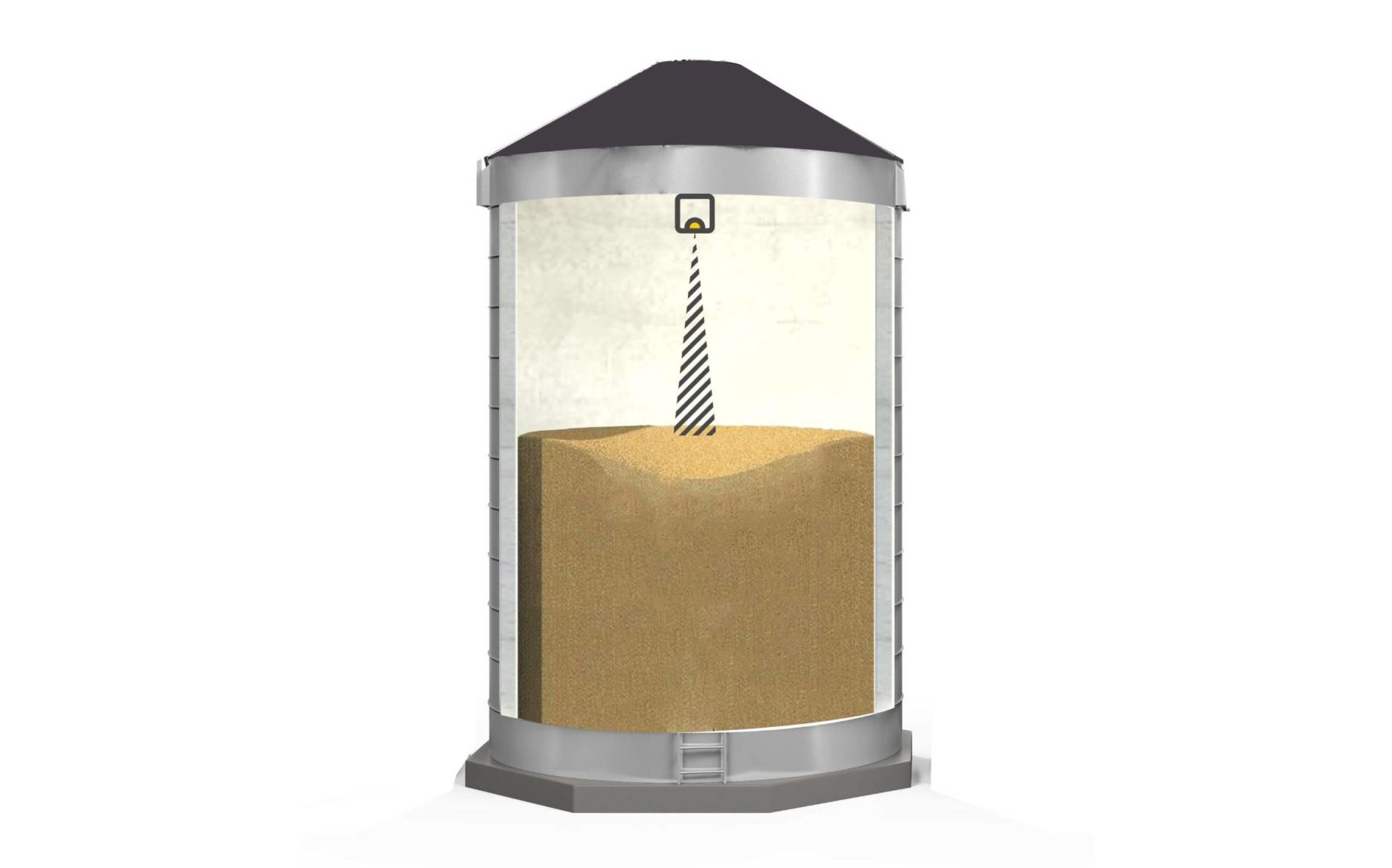
Grain silos are typically large structures standing at heights in the region of several dozen meters or more. The products contained within are typically wheat, barley, corn or rye. For dry animal feeds a mixture of products might be used. Common to grains and other dry products is the accumulation of dust within the silos, especially during the filling process when grains are blown or fed into the silo.
With grains and dry feeds it is common for the product to create a pyramid when filled and an inverted pyramid as the product is used. For this reason careful consideration must be given to the type of sensor used and how it is positioned, to compensate for uneven surfaces, rat-tailing and the bridging of contents which will later collapse.
Sensors with a very wide field of view, such as ultrasound, make this difficult to achieve, and when coupled with their relatively short sensing range and the chances for the acoustic signal bouncing within the silo, tend not to offer an adequate solution.
Mechanical or probe systems that come into contact with the silo contents have a number of drawbacks. These include: complex installations that can only be done with an empty silo, infrequent measurements requiring manual intervention, contamination of the silo contents and blockages or other malfunctions with the equipment.
The dusty conditions inside grain and animal feed silos can pose problems, and we’ve seen this with contact-based sensing solutions, ultrasound and optical sensors. Subsequently, these technologies may not be appropriate for all materials.
The worst we’ve encountered was outside the agriculture sector, with very fine powders that have a tendency to ‘cake’ onto surfaces. Cement powder for construction and lime powder for water treatment have both proven challenging, whilst grains and animal feeds have actually proven less challenging than we might have expected. This can vary, depending on the process used to fill the silo and, in the case of animal feeds, the exact composition of the feed ‘menu’.
Silo monitoring for liquids and slurries
Liquids and slurries, meanwhile, are a far easier use case for all. The surface is uniform and the environment is cleaner. Here the field of view of the sensors matters less and you can use sensors with a wide or narrow field of view with equal ease. However, the issue of short range and acoustic signals bouncing within the silo can remain a challenge for ultrasound sensors. Similarly, mechanical systems, such as floats, that require contact with the surface of the contents, are subject to many of the challenges mentioned above. Subsequently, for level measurement sensing, we believe the market is turning towards sensing solutions with a lower total cost of ownership, such as optical Time-of-Flight.
In the world of sensing, there is rarely a unicorn solution that is right for every use case and every customer. Whilst some technologies might be stronger than others, the costs associated with them may be prohibitive in some use cases. Therefore the goal is to create the most appropriate solution, at the most affordable cost.
Container fill level solutions from Tredecile
Tredecile’s novel silo monitoring products are ideal for a wide range of agricultural and industrial markets, helping customers to maintain accurate stock levels of various valuable media, including animal feed, grains, aggregates and more.
LoRa Level Monitoring XL, is a product designed to satisfy the needs of users across a broad spectrum of level monitoring applications. Based on a tried-and-tested Time-of-Flight LED technology, LoRa Level Monitoring XL is a wireless, self-powered and convenient to use level monitoring solution, transmitting level data directly from silos, using LoRaWAN.
The level monitoring system enables operators to optimize stock replenishment, cut operational costs and reduce dangerous silo audits.
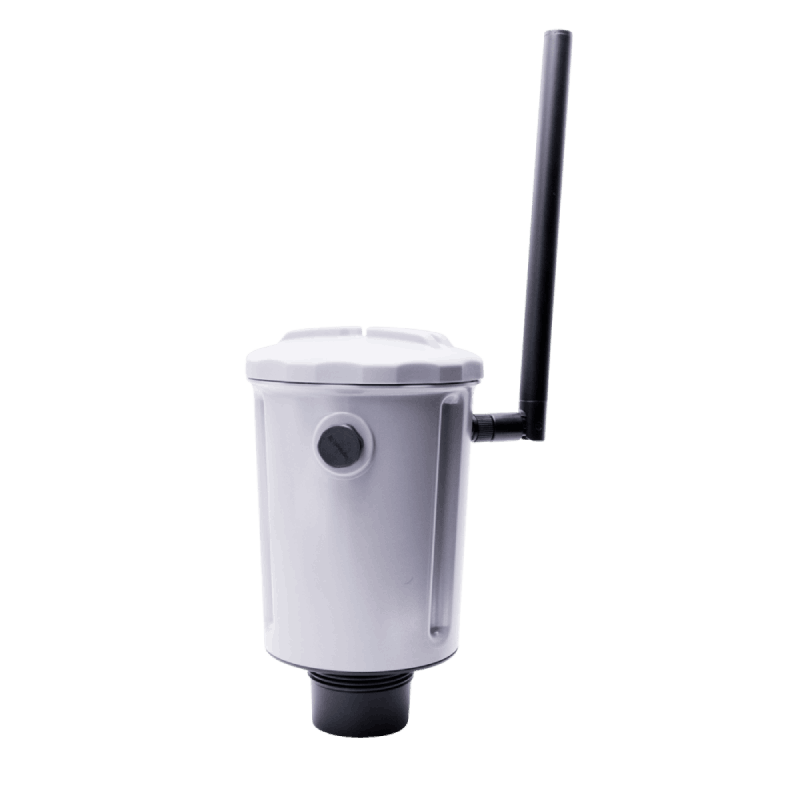
If you would like to speak with us about developing a bespoke silo monitoring system for your facility, simply get in touch with a member of the Tredecile team today using the link below.



